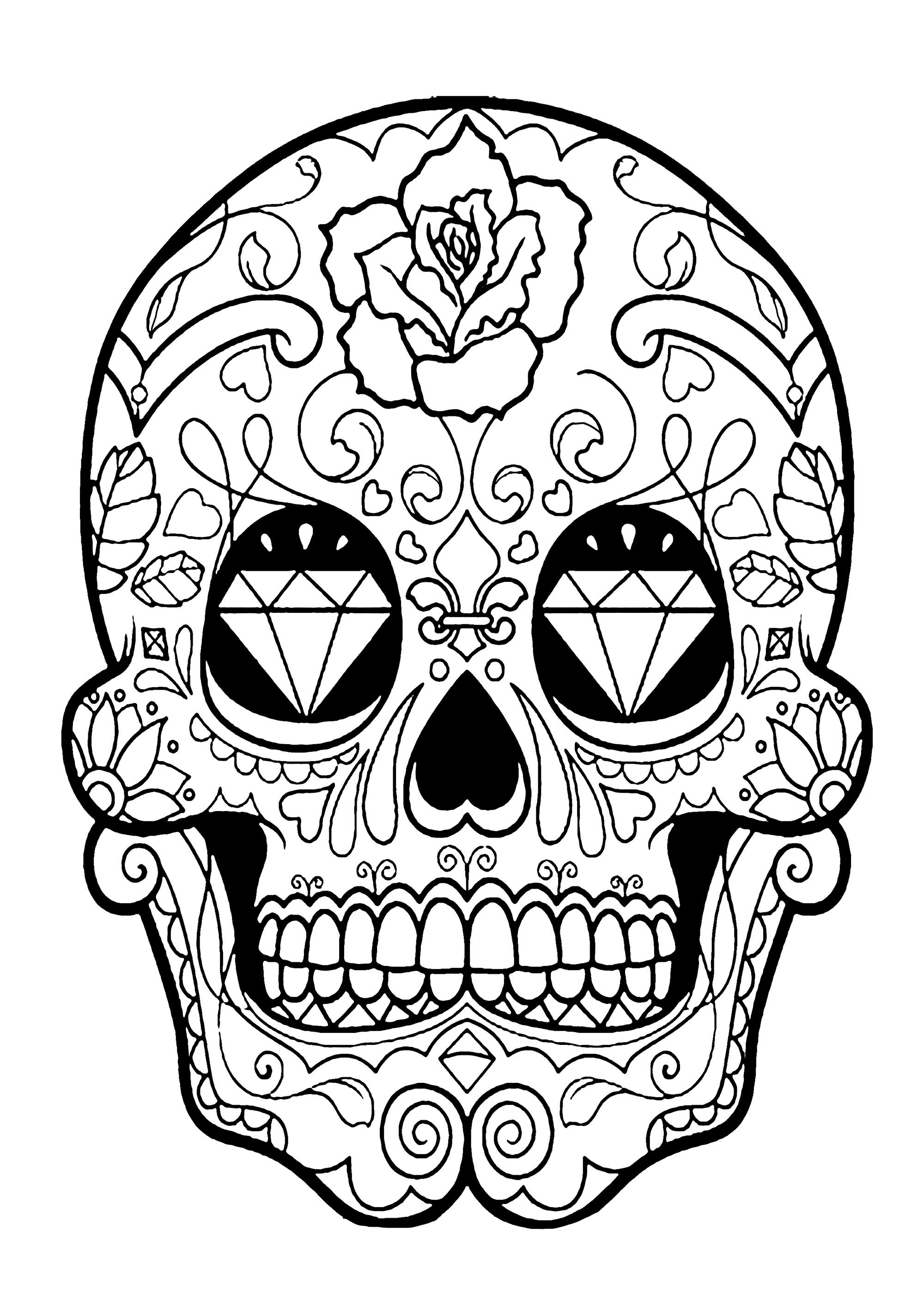

There are a lot of aspects to these elaborate altars, the most common symbolizing the four main elements: water, fire, earth and wind. One of the most important traditions of this holiday is the preparation of ofrendas (altars) to honor loved ones who have passed away as they make their journey to Earth. It is a holiday mainly celebrated by Mexico and other Latin American countries. “It represents people we have lost, and it is good to remember them and it is an honor for me to have people I met and loved still present in my life.Día de los Muertos, or Day of the Dead, takes place on Nov. “They bring food, and they bring drinks, they sit down and they feel like they are celebrating with the people they have lost,” said Andres Ortiz, who owns a shop in Old Town. Now, more than 78% of Mexicans say they celebrate Day of the Dead. It is estimated that the Day of the Dead has been celebrated for over 3,000 years as it has deeply rooted Aztec and Mesoamerican traditions. It was used by the Mexica for medicinal purposes and according to the pre-Hispanic worldview its yellow color evoked the sun, serving as lux to guide the souls of the deceased from the cemetery to homes. Why is the Marigold Flower Used?Ĭempasúchil is a Nahuatl word meaning flower of twenty petals. Based on the belief that the souls of the departed may come back to this world on that day, people gather to pray, eat, drink or play music, to remember friends or family members who have died and to support their souls on the spiritual journey. Day of the Dead (Día de Muertos), a religious holiday combining the death veneration rituals of Pre-Hispanic cultures with the Catholic practice, is widely celebrated throughout all of Mexico. Cempasúchil or marigolds to decorate a path toward the altar as they are used to guide the departed back home.Īn altar of the dead (Altar de Muertos), a religious site honoring the deceased, is placed inside a house during the Day of the Dead celebrations on Novemin Xalpatláhuac, Mexico.Pictures of your loved ones and mementos, anything that reminds you of them, including sugar skulls. You are encouraged to place the favorite dishes of your loved ones and in addition, pan de muerto, fruits, and chocolates, along with their favorite alcohol. These are your offerings to the deceased family members.

Candles represent fire that is meant to light up the path for the spirits to return. The colorful paper represents the union between life and death.

In Mexico, indigenous cultures saw death as a continuation of life, one that lived in constant connection with the dead. This in order to help the souls to transit to the afterlife, describes the INAH. The Day of the Dead is the maximum celebration in Mexico that begins with church bells and the practice of certain rites from dawn such as decorating tombs and making altars on tombstones. November 1Īccording to Mexico's National Institute of Anthropology and History (INAH), "November 1 is All Saints' Day celebrating those who led an exemplary life, as well as children." One more candle is lit and the welcome for our ancestors is prepared on November 2. These are days dedicated to all children, which is why it is common to see children in Mexico asking for their calaverita or sugar skull, not to be confused with Halloween. On this day, a candle is lit for those who died without having been baptized, or who died before birth, or very young. This day a candle is lit for forgotten souls. That is, those who no longer have anyone to pray to them. Off-Duty Escondido Police Department Employee Hits, Seriously Injures Pedestrian in Escondido


 0 kommentar(er)
0 kommentar(er)
